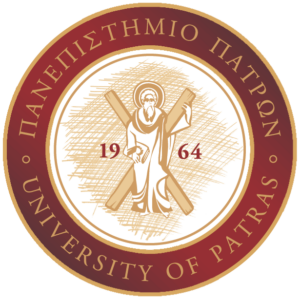Money and Banking

Course ID:
ECO_482
Semester: 7th
Year of Study:
Category: Economics Elective
For Erasmus Students: Όχι
Learning Outcomes
By the end of this course the student will be able to:
- understand the basic functions of money and the financial system, the determining factors of the demand and supply of money, the determinant of long term interest rates and simple bond price valuation models
- understand the behavior of commercial banks and their role in shaping monetary quantities
- understand the role of the Central Bank and the means/ways of exercising conventional and unconventional monetary policy to stabilize the economy
- think critically and creatively in regards to monetary policy and the role of central banks so as to be able to bring monetary policy into practice through the ability of identifying assumptions, detecting false logic or reasoning and understanding the limitations of generalizations derived from monetary policy theories
- solve complex problems in a monetary policy context and use appropriate financial techniques in order to make decisions from various options
- understand, develop and use relevant monetary policy models
- look at academic research on monetary policy and finance in a critical way either individually or as part of a team
- communicate complex monetary and financial information orally and in writing through the effective use of computer information technology.
Course Contents
- Introduction to Money and the Financial System
- Money, Payments System, Financial Instruments, Markets and Institutions
- Interest rate setting and interest rate structure
- Contract Theory, Information Asymmetry and interest rate setting
- Exercise of Monetary Policy and the Role of Central Banks
- Money Supply and Monetary Policy Tools.
- Money Demand
- Theory of Monetary Transmission Mechanism
- Financial Innovation, Market Regulation, and Financial Market Efficiency
- Modern Monetary Policy
Teaching Activities
Lectures (3 hours per week) and Tutorials (1 hour per week)
Teaching Organization
|
Activity |
Semester workload |
| Lectures, 3 hours per week |
13X3 = 39 hours |
| Tutorials, 1 hour per week |
13X1 = 13 hours |
| Work at home |
98 hours |
| Total number of hours for the Course (25 hours of work-load per ECTS credit) |
150 hours (total student work-load) |
Assessment
Final written exam
Mid-term exam (optional) and project-presentation (optional)
Use of ICT
Use of IT in teaching and in communication with students (e-class)


